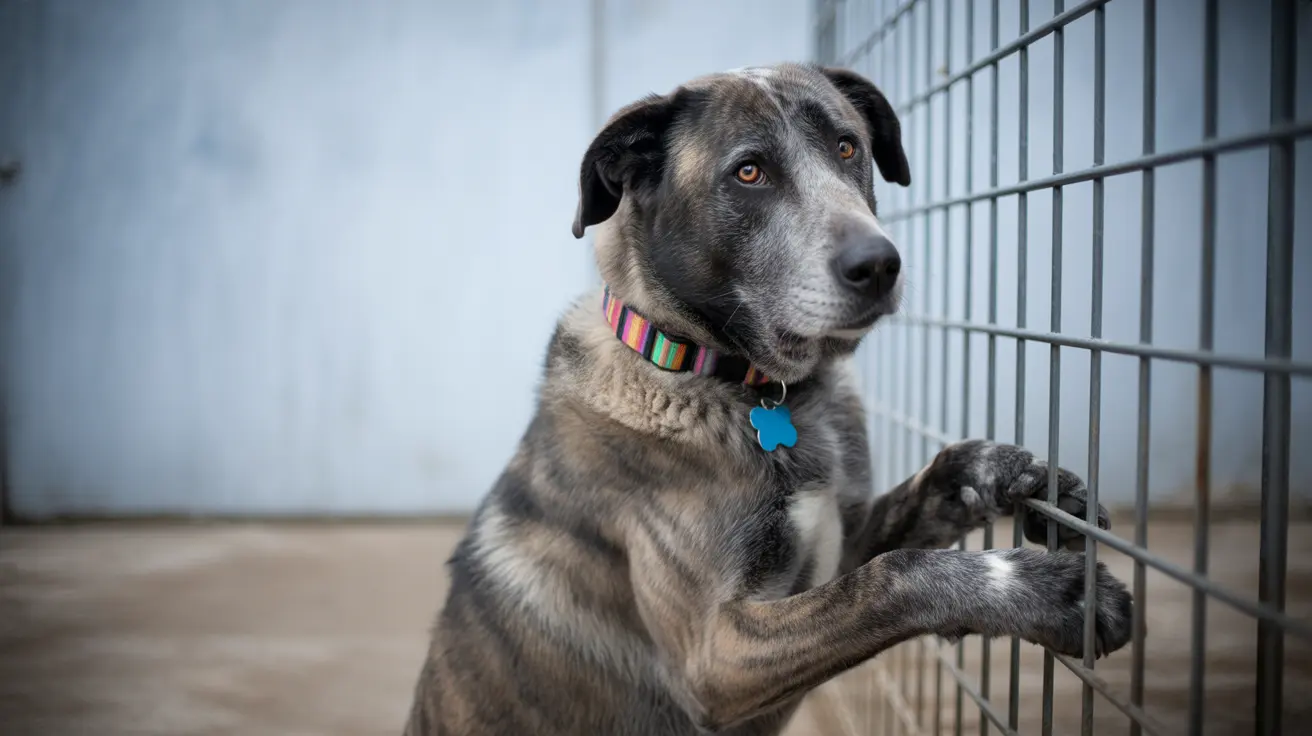When there's a cat in the kitchen, pet parents face multiple safety concerns that require careful attention and prevention. From toxic foods and cleaning supplies to dangerous appliances and sharp objects, understanding these hazards is crucial for keeping our feline friends safe in one of the home's busiest areas.
This comprehensive guide explores the various types of kitchen hazards cats face and provides practical solutions to create a safer environment for your curious companion.
Understanding Kitchen Hazard Categories for Cats
Food-Related Hazards
The kitchen contains numerous food items that can be toxic or dangerous to cats. Common culprits include:
- Chocolate and caffeine products
- Onions, garlic, and related vegetables
- Grapes and raisins
- Raw dough or bread
- Bones and meat scraps
- Dairy products
Even small amounts of these foods can cause severe reactions, from digestive upset to organ failure. Keep all human food securely stored and clean up spills immediately.
Chemical and Cleaning Hazards
Kitchen cleaning supplies pose significant risks to cats through ingestion, inhalation, or skin contact:
- Bleach and ammonia-based cleaners
- Floor cleaners and surface sprays
- Dishwasher detergents
- Drain cleaners
- Natural cleaning products (which may still be toxic)
Physical and Mechanical Hazards
The kitchen contains numerous physical dangers that curious cats might encounter:
- Hot stovetops and ovens
- Sharp knives and utensils
- Operating appliances
- Electrical cords
- Plastic bags and packaging materials
- Small objects like bottle caps or twist ties
Creating a Cat-Safe Kitchen Environment
Secure Storage Solutions
Implement these safety measures to protect your cat:
- Install childproof locks on cabinets containing cleaning supplies
- Use high cabinets for storing toxic items
- Keep food in sealed containers
- Secure garbage bins with tight-fitting lids
Safe Kitchen Practices
Develop these habits to minimize risks:
- Never leave food unattended on counters
- Clean spills immediately
- Store sharp objects in drawers
- Unplug small appliances when not in use
- Keep stove knob covers in place
Emergency Prevention and Response
Be prepared for potential accidents by:
- Keeping your vet's contact information readily available
- Having the Pet Poison Helpline number saved
- Maintaining a pet first-aid kit
- Learning to recognize signs of poisoning or injury
- Understanding basic pet first aid
Frequently Asked Questions
What types of hazards does having a cat in the kitchen pose?
Having a cat in the kitchen presents three main hazard types: toxic exposure from foods and chemicals, physical injuries from sharp objects or hot surfaces, and mechanical dangers from appliances. These combined risks require comprehensive safety measures.
Which common human foods found in the kitchen are toxic to cats?
Common toxic foods include chocolate, onions, garlic, grapes, raisins, raw dough, and caffeine-containing products. Even small amounts can cause serious illness or death in cats.
How can I prevent my cat from getting injured by kitchen appliances or sharp objects?
Store sharp objects in closed drawers, use appliance covers, supervise your cat in the kitchen, and consider installing barriers to keep cats away from dangerous areas. Always unplug small appliances when not in use.
What kitchen cleaning products and household chemicals are dangerous to cats?
Most cleaning products are hazardous to cats, including bleach, ammonia-based cleaners, floor cleaners, and dishwasher detergents. Store these products securely and keep cats away during cleaning.
How do I make my kitchen safer to reduce the risk of poisoning or injury to my cat?
Install childproof locks, maintain clean surfaces, secure garbage bins, store food properly, and create barriers to dangerous areas. Consider keeping cats out of the kitchen during cooking and cleaning activities.
By understanding and addressing these various hazard types, you can create a safer kitchen environment for your feline family member while maintaining a functional cooking space for yourself.






